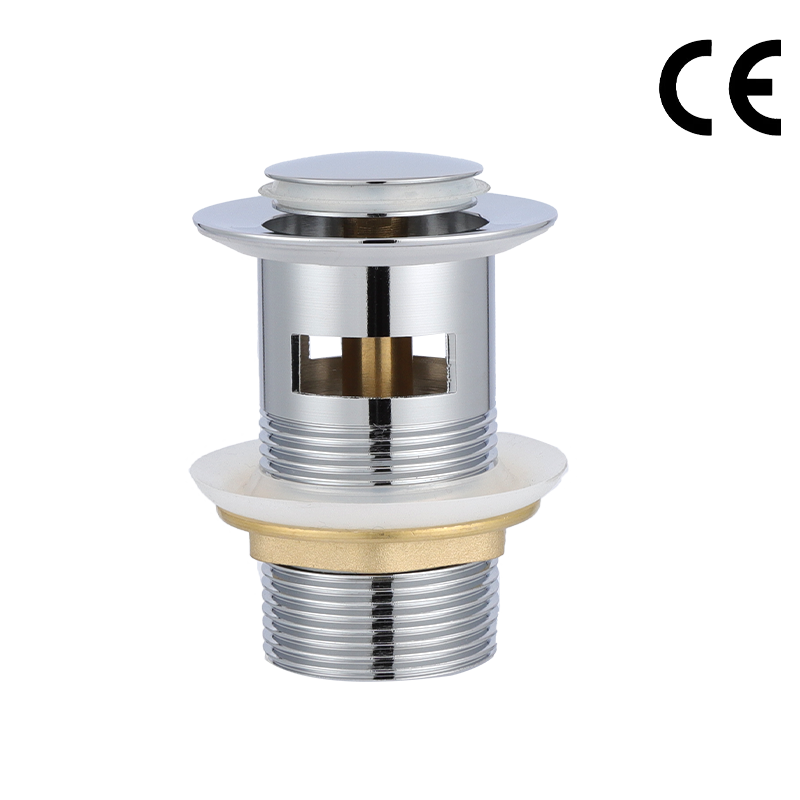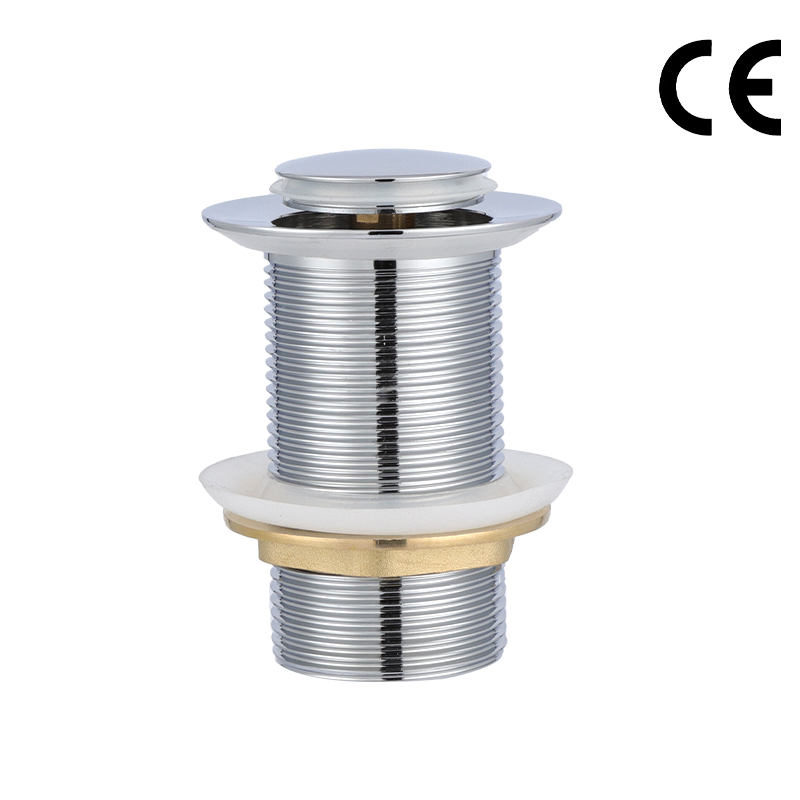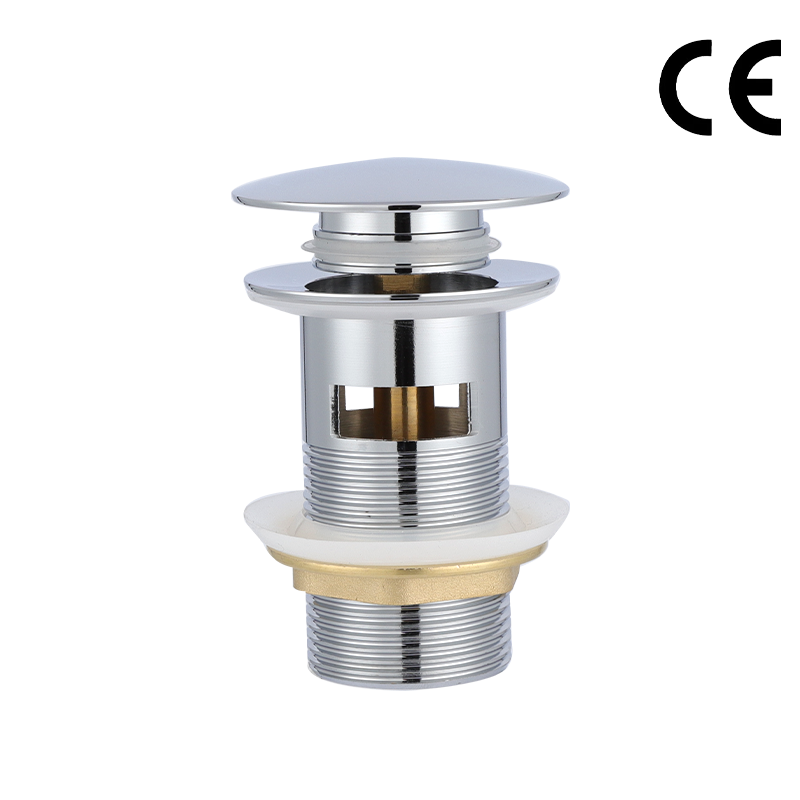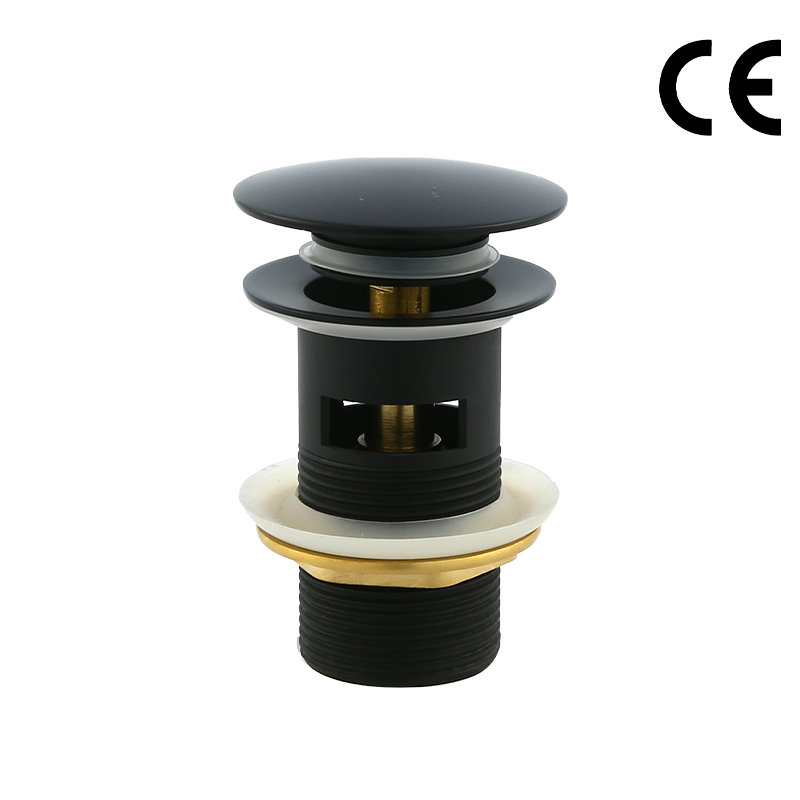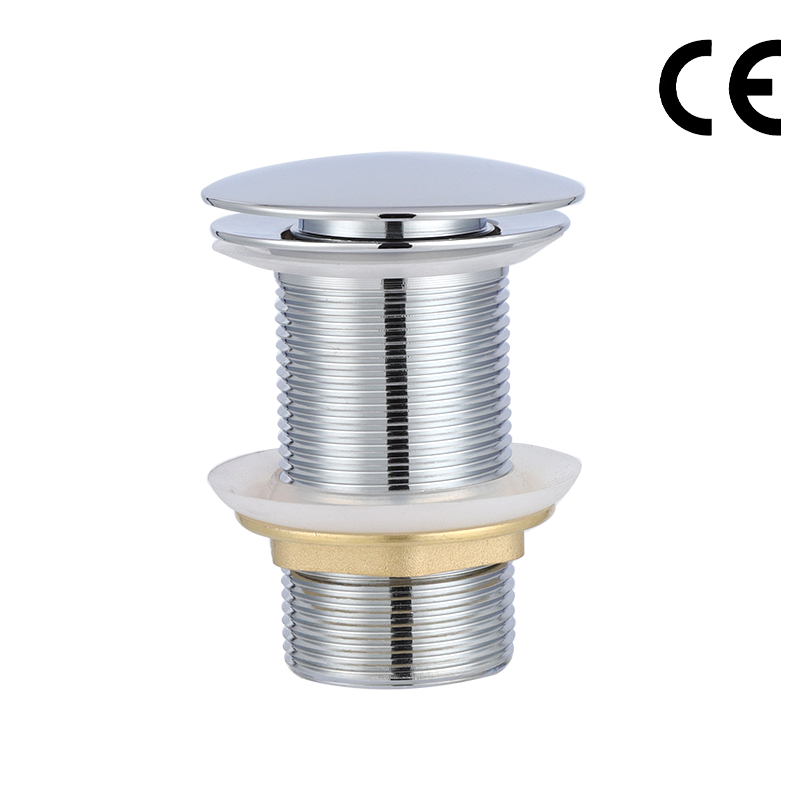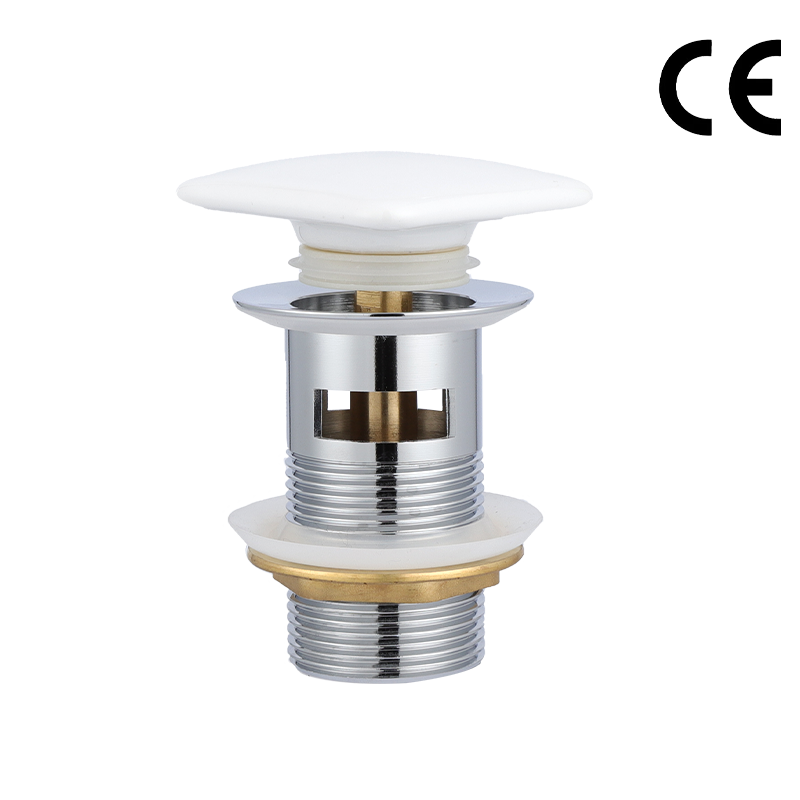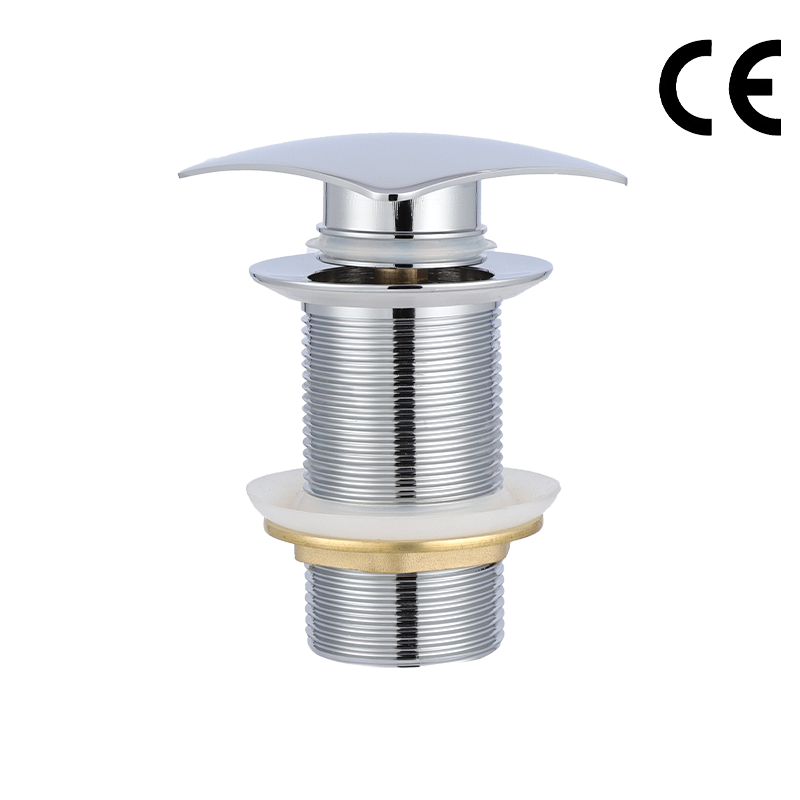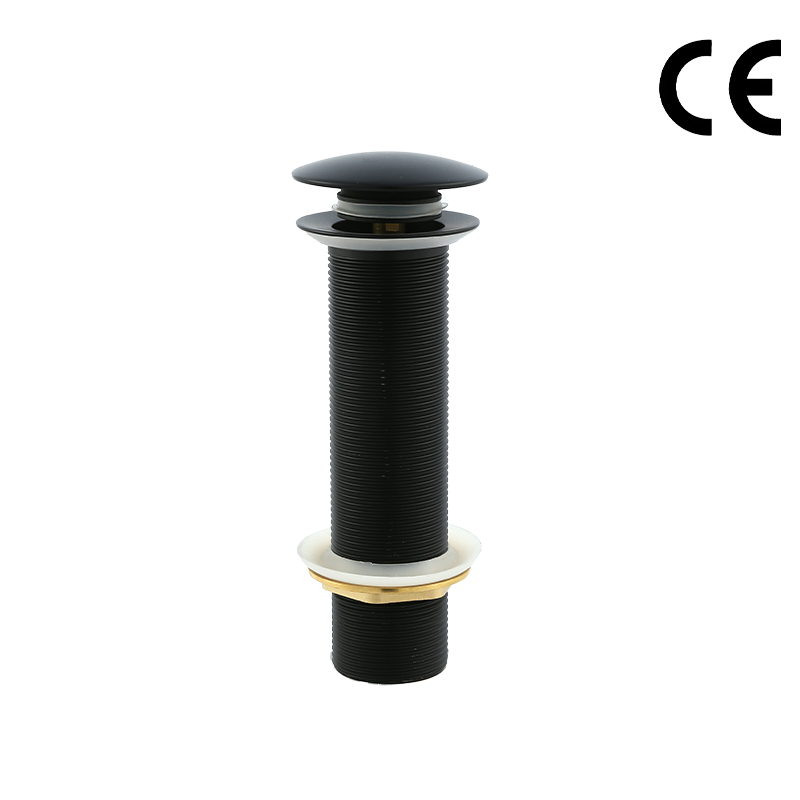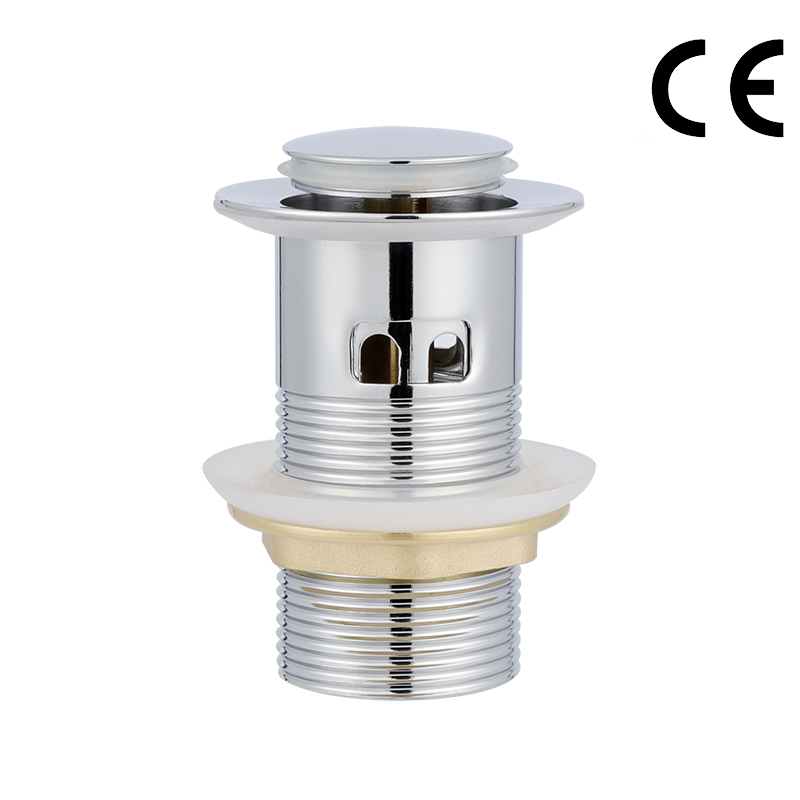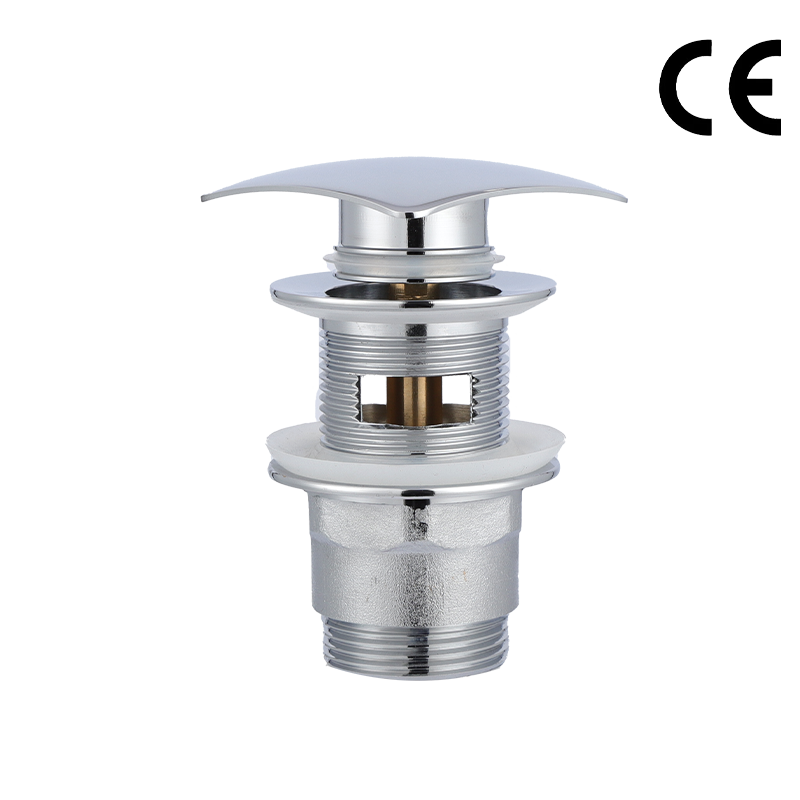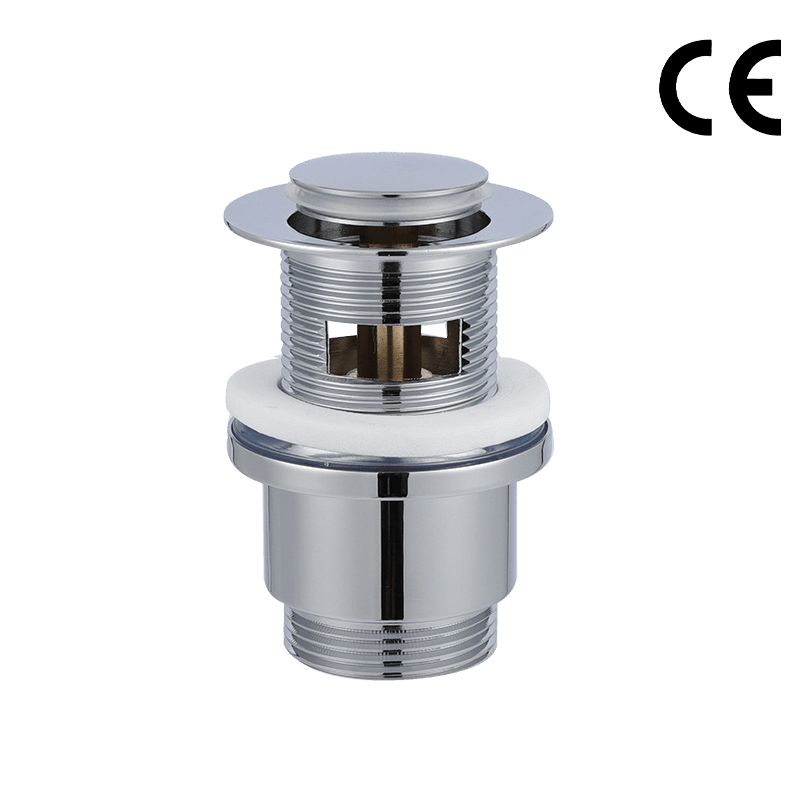A Customer's Guide to Stainless Steel and Brass Floor Drains for Durability and Style
Date:2023-12-12
OEM Stainless steel floor drain, Cheap Brass floor drain, Stainless steel Brass floor drain Price
In the realm of household utilities, floor drains play a crucial role in maintaining hygiene and preventing water buildup in various spaces. As customers, the choice between different materials, such as Stainless Steel and Brass for floor drains, can significantly impact the longevity and functionality of these essential fixtures. In this article, we will explore the practical aspects, benefits, considerations, installation tips, maintenance practices, and the customer experience associated with Stainless Steel and Brass floor drains.
Understanding Stainless Steel Floor Drains
Stainless Steel Floor Drains have become a popular choice among customers due to their durability, corrosion resistance, and sleek appearance. As consumers seek longevity and reliability in their plumbing fixtures, understanding the characteristics of Stainless Steel Floor Drains is crucial.
Durability: Stainless steel is known for its durability and resistance to corrosion. Stainless Steel Floor Drains are capable of withstanding the rigors of frequent water exposure, making them suitable for areas prone to moisture and dampness.
Corrosion Resistance: One of the primary advantages of stainless steel is its resistance to corrosion. This property ensures that Stainless Steel Floor Drains maintain their structural integrity over time, even in environments with high humidity or chemical exposure.
Sleek Aesthetics: The sleek and modern appearance of Stainless Steel Floor Drains adds a touch of sophistication to bathrooms, kitchens, and other spaces where these drains are installed. The clean lines and polished finish contribute to a visually appealing and contemporary look.
Hygienic Properties: Stainless steel is inherently hygienic, as it does not harbor bacteria or other contaminants. This makes Stainless Steel Floor Drains a suitable choice for areas where maintaining cleanliness is a priority.
Understanding Brass Floor Drains
Brass Floor Drains, known for their durability and classic appearance, offer a timeless solution for customers seeking a blend of functionality and aesthetics in their plumbing fixtures.
Durability: Brass is a robust and sturdy material, making Brass Floor Drains highly durable and resistant to wear and tear. This durability ensures a longer lifespan for the floor drain, even in high-traffic areas.
Corrosion Resistance: Similar to stainless steel, brass exhibits corrosion resistance. Brass Floor Drains can withstand exposure to water, chemicals, and other environmental factors without compromising their structural integrity.
Classic Aesthetics: The warm and classic appearance of brass adds a timeless charm to spaces. Brass Floor Drains complement a variety of interior styles, making them a versatile choice for both traditional and modern settings.
Longevity: Brass has a reputation for longevity, and Brass Floor Drains are no exception. Customers who prioritize fixtures with a lasting impact may find brass to be an appealing choice for their floor drains.
Comparative Analysis: Stainless Steel vs. Brass Floor Drains
To make informed decisions, customers often compare the characteristics of Stainless Steel and Brass Floor Drains. While both materials offer durability and corrosion resistance, they differ in certain aspects that cater to diverse customer preferences.
Appearance: Stainless Steel Floor Drains exude a contemporary and sleek appearance, ideal for modern settings. On the other hand, Brass Floor Drains bring a classic and warm aesthetic, suitable for traditional or eclectic designs.
Cost: The cost of Stainless Steel Floor Drains may be relatively lower than Brass Floor Drains, making stainless steel an economical choice for budget-conscious customers. Brass, while more expensive, may be considered an investment in the long-term durability and aesthetics of the fixture.
Maintenance: Both Stainless Steel and Brass Floor Drains are relatively low-maintenance. Stainless steel is resistant to stains and corrosion, while brass develops a natural patina over time that some customers find appealing. Regular cleaning practices can ensure the longevity of both materials.
Versatility: Stainless Steel Floor Drains are highly versatile, suitable for various applications and interior styles. Brass, while versatile, may be perceived as more traditional and may be chosen to complement specific design themes.
Installation Considerations
Proper installation is essential to ensure the optimal performance of Stainless Steel and Brass Floor Drains. Customers should pay attention to the following considerations during the installation process:
Correct Fit: Ensure that the chosen floor drain is the correct size and design for the intended space. A correct fit prevents leaks and ensures efficient drainage.
Proper Sealing: Use appropriate sealing materials to create a watertight seal between the floor drain and the surrounding surface. This prevents water leakage and potential damage to the subfloor.
Secure Installation: Securely anchor the floor drain to the subfloor to prevent movement or shifting. A stable installation contributes to the long-term durability of the floor drain.
Follow Manufacturer Guidelines: Adhere to the manufacturer's guidelines and recommendations for installation. This includes any specific instructions related to sealing, anchoring, and plumbing connections.
Maintenance Practices
Both Stainless Steel and Brass Floor Drains require minimal maintenance to preserve their appearance and functionality. Customers can follow these general maintenance practices:
Regular Cleaning: Clean the floor drain regularly to prevent the buildup of debris, soap scum, or mineral deposits. This is particularly important in areas with hard water that may contribute to deposits over time.
Inspect for Corrosion: Periodically inspect the floor drain for signs of corrosion or tarnishing. Promptly address any issues to prevent further deterioration.
Clear Blockages: In the event of water drainage issues, investigate and clear blockages promptly. This may involve using a plumber's snake or an appropriate cleaning solution.
Address Leaks: If there are signs of leaks, address them promptly. Leaks can lead to water damage and compromise the structural integrity of the floor drain.
Customer Experience with Stainless Steel and Brass Floor Drains
The overall customer experience with Stainless Steel and Brass Floor Drains is influenced by factors such as durability, aesthetics, and ease of maintenance. Positive aspects of the customer experience include:
Durable Performance: Customers appreciate the durable performance of both Stainless Steel and Brass Floor Drains, knowing that these fixtures can withstand the demands of daily use.
Aesthetic Appeal: The aesthetic appeal of the floor drains enhances the overall visual appeal of the spaces where they are installed. Whether customers prefer the modernity of stainless steel or the classic charm of brass, the chosen material contributes to the desired ambiance.
Low Maintenance: The low-maintenance nature of both materials is a significant advantage. Customers value fixtures that require minimal effort to keep clean and functional.
Versatility: The versatility of Stainless Steel and Brass Floor Drains allows customers to choose fixtures that align with their interior design preferences. Whether creating a contemporary bathroom or a timeless kitchen, these floor drains can complement various styles.
Conclusion
In conclusion, as customers navigate the choices for floor drains in their homes, understanding the characteristics, benefits, and considerations of Stainless Steel and Brass Floor Drains is essential. Whether prioritizing durability, aesthetics, or a combination of both, customers can make informed decisions that align with their preferences and lifestyle. The enduring performance and visual appeal of these floor drains contribute to the overall functionality and aesthetics of bathrooms, kitchens, and other spaces where they are installed.


 English
English Español
Español